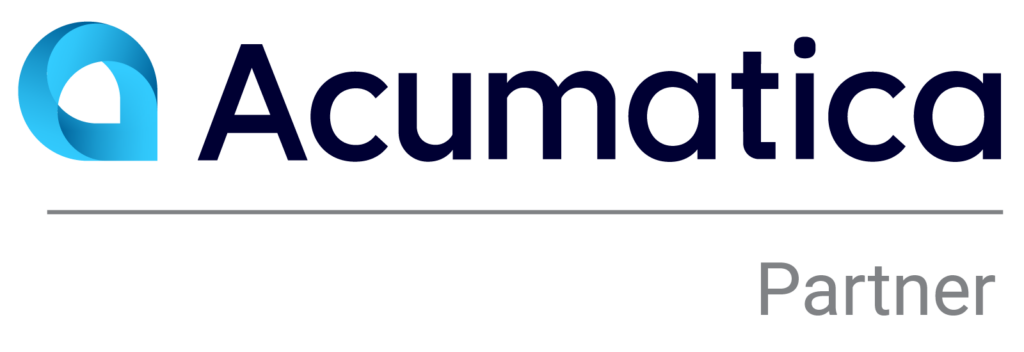Mining the Facts: Using KPIs to Monitor Progress, Control Costs, and Drive Performance
Editor’s note: This article was initially published in 2018 but has been updated with current data and new insights.
Oh, how we love to measure things. It seems like it’s hardwired in us to look for ways to monitor and compare things. We’re continually creating new best-of rankings, the world’s richest people list gets updated daily, and we even wear measurement devices on our wrists to compare today’s efforts with yesterday’s. Mining businesses are no different — except here, we’re not using monitoring and measuring for the novelty of it — we’re looking for actionable insights. Key Performance Indicators (KPIs) are the tools to deliver that insight. So, what are KPIs, how are they relevant and valuable to mining companies, and which ones should you care about?
What are KPIs?
KPIs are simply a set of quantifiable measures that companies can use to monitor and compare their performance to their strategic and operational goals. KPIs help establish the benchmarks you can use to continually measure and monitor your mining company’s activities so that you can identify problem areas, anticipate potential setbacks, and respond quickly to both.
KPIs generally fall into two camps — financial or operational — and four broad types:
- Workload or output measures (production, labor hours, etc.)
- Efficiency measures (equipment utilization, inventory turnovers, etc.)
- Effectiveness or outcome measures (return on assets, return on equity, etc.)
- Productivity measures (revenue per FTE, labor utilization, etc.)
What KPIs Should You Be Monitoring?
While companies across industries may prioritize different metrics, even among mining companies we find that individual companies place value on diverse indicators. Different KPIs also become more or less important depending upon the phase of the mining lifecycle your organization is in.
One way to select the KPIs that your company should monitor is to list your goals for the next year. Identifying and measuring KPIs forces you to look at what specific actions and behaviors will drive the company towards those goals. For example, if improving job site safety or increasing equipment utilization are goals for the coming year, you’ll want to include KPIs to help you monitor and measure these.
Examples of Financial KPIs for Mining Companies
The most commonly monitored financial KPIs among the mining companies we work with are very similar to what other companies of similar size care about, including:
- Working capital
- Average realized price
- Gross and net margins
- Earnings per share
- Fixed asset turnover
Examples of Operational KPIs for Mining Companies
While mining companies’ financial KPIs are often similar to other industries, their operational KPIs look a bit different. We’ve divided some examples up into categories here. This is far from an exhaustive list.
Equipment: Operational metrics that matter to mining companies often relate to equipment since buying, operating, and maintaining equipment is typically one of your biggest expenses — often 30-50% of overall operating costs. Some of the most common equipment related KPIs our mining customers care about are:
- Average downtime
- Average cost to repair
- Mean time to repair
- Total cost of ownership
Safety: Safety is another area of concern for miners. Mining is an inherently risky business; every mine operator cares about the safety and health of their workers.
- Lost workdays
- OSHA recordable injuries
- Worker compensation costs
- Safety training rates (this one is a leading indicator we’ll talk about below)
Sustainability: As the mining industry makes sustainability a priority, mining companies have begun tracking “green indicators.”
- Emissions
- Energy consumption
- Product recycling rate
- Water footprint
Leading and Lagging Indicators
You can use KPIs to monitor both leading and lagging indicators. What’s the difference? A leading indicator is a predictive measurement, while a lagging indicator is an output measurement. For example, the percentage of people wearing hard hats on your site is a leading safety indicator. The number of accidents at your site is a lagging safety indicator. The difference between the two is that a leading indicator can influence change, while a lagging indicator can only record what has happened.
Leading indicators are typically harder to gather since they usually require you to collect non-financial data (such as headcounts). A modern mining ERP solution supports non-financial metrics, but many older ERPs do not.
Getting the Data
Just like you must keep that smartwatch strapped on to collect the data it needs, KPIs require access to your mining business data. This can be challenging when your business data is stored in disconnected applications. Ideally, your financial, and equipment tracking software applications are integrated, making it possible to review all vital KPIs together. Business Intelligence (BI) applications are helpful tools for bridging applications and melding disparate data together in meaningful KPIs.
Caron Mining Solutions is a comprehensive, powerful, easy-to-use mining industry ERP solution, built on Acumatica, that modern mining operations’ challenges. Learn more about Caron Mining Solutions here, or by contacting us here.




